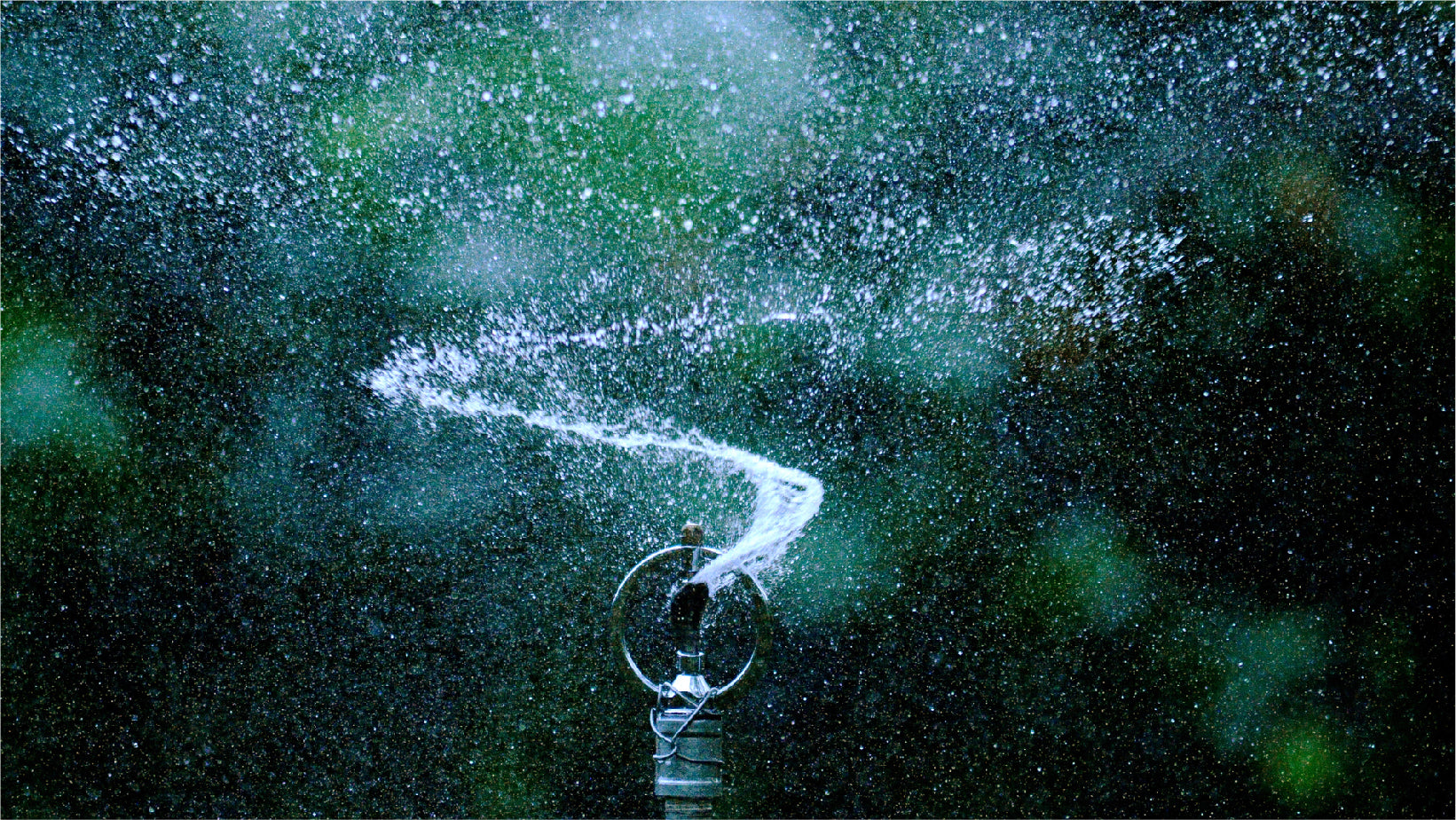Keeping a garden or backyard green and watered under the Australian sun can be a challenge. Luckily, an effective irrigation system can ensure that your plants receive the right amount of water at the right time. Irrigation system design and irrigation system installation may sound complex at first. But with help from the irrigation specialists at The Irrigation Shop, you can actually plan and install an irrigation system over the course of a weekend! Read on to find out more about planning an irrigation system and the irrigation system installation process.
How to Design an Irrigation System
Check out the video below for a quick rundown of our process:
You can learn more about our free irrigation system design service here or down below.
How to Calculate Your Flow Rate
If you’re running your irrigation system from the mains water supply, you can calculate your flow rate using the bucket test:
- Find a bucket or tub that you know the volume of.
- Find the tap closest to where your solenoid valves for the irrigation system will draw from. Turn the tap on full bore with the bucket or tub underneath.
- Irrigation systems are usually run early in the morning, so your flow rate will be more accurate if you test it before 6-7am.
- Using a timer, record how long the water takes to fill the container.
- You’re done! Let us know the time and container size and we’ll calculate your available flow rate.
What is a Good Flow Rate?

Flow rate is often expressed in liters per minute (LPM), which is the time taken for a liter of water to pass through the system. A flow rate between 10 to 15 liters per minute should be sufficient for most domestic irrigation system set-ups. If your flow rate is higher than that, then all the better.
How to Measure Water Pressure

If you want an irrigation system that uses components such as high-pressure pop-up sprinklers, it’s well worthwhile testing your water pressure as well:
- You’ll first need to buy a simple water pressure testing gauge, which can be found in most hardware stores.
- Next, you’ll need to find the closest tap that your irrigation system will draw from. Turn off any other running water on your property.
- Most pressure gauges can be screwed on by hand and form a seal around the tap. You may need to use an adjustable wrench or tongue and groove pliers to tighten the seal if there is leakage.
- Turn the tap on full bore and record the reading that the needle on the gauge reaches. Most gauges record water pressure in both kPa and psi.
- You’re done! With your water pressure recorded, we can provide you with advice on irrigation system components that have water pressure minimums or limits.
Irrigation System Drawing
We can create the design for your irrigation system free of charge, but you’ll need to provide us with a scale drawing of the installation site first. 1:100 (1cm = 100cm) is preferred, but 1:200 is fine for larger plans. Please use Metric measurements. We don’t work with Cubits or Camel-lengths. The more accurate the drawing, the more effective your irrigation system will be.
Helpful things to make note of are:

- Lawn areas
- Gardens
- Paths, driveways, retaining walls (or anything else that will prevent pipe and/or cable being laid)
- Large trees (particularly in lawn areas)
- Anything you don’t want to get wet (e.g. glass pool fences). Please don’t ask us to avoid paths, because they are expected to be regularly exposed to wet weather.
Choose the Correct Type of Irrigation System
We’ll give you a full breakdown of factors that affect the design of your system when you come to us in-store. Below are some of the main factors that we take into account when designing your irrigation system to suit your backyard:





How to Install an Irrigation System
Our irrigation systems can be installed in the space of a day with a bit of elbow grease:
We always have a full discussion with our customers about installation. Below is a general overview of what to expect when installing an irrigation system:
Gather Materials and Tools
We have a range of quality irrigation system products and will provide you with the materials and tools needed to construct the irrigation system. You may also need some general tools such as a shovel and a flashlight.
Prepare the Area
- Clear the area of any obstacles, rocks, or debris that could interfere with the installation.
- Mark the locations where the main water supply will enter your garden and where the water lines will be installed.
Install the Water Source Connection
- Connect your irrigation system to a water source, which can be a tap or an existing outdoor water line.
- Install a backflow preventer to prevent contamination of the water supply.
Lay the Irrigation Pipes
- Lay the main water line from the water source to the farthest point in your garden.
- Connect smaller branch lines to the main line to distribute water to different areas.
- Use connectors and fittings to ensure a secure and watertight connection between pipes.
Install Emitters or Sprinklers
- If using a drip irrigation system, install emitters or micro-sprinklers along the branch lines, near the plants. Ensure proper spacing and adjust the flow rate according to the water requirements of each plant.
- If using a sprinkler system, install sprinkler heads in appropriate locations to cover the desired areas. Adjust the sprinkler heads for optimal coverage and overlap.
Install Valves and Timers
- Install control valves near the water source to regulate water flow to different zones or sections of your garden.
- Connect a timer or irrigation controller to the valves to automate the watering schedule. Set the timer according to your plants' needs and local water restrictions.
Test the System
- Before covering the pipes, turn on the water supply and run the irrigation system to check for any leaks, misaligned emitters, or malfunctioning sprinkler heads.
- Make necessary adjustments and repairs as needed.
Cover and Protect
Once the system is tested and functioning correctly, bury the pipes underground or cover them with mulch to protect them from damage and improve the appearance of your garden.
Talk to the Experts at The Irrigation Shop Today
Ready to start designing and installing your irrigation system? Contact The Irrigation Shop today to get started! With our help, you’ll have your irrigation system up and running in no time at all.




